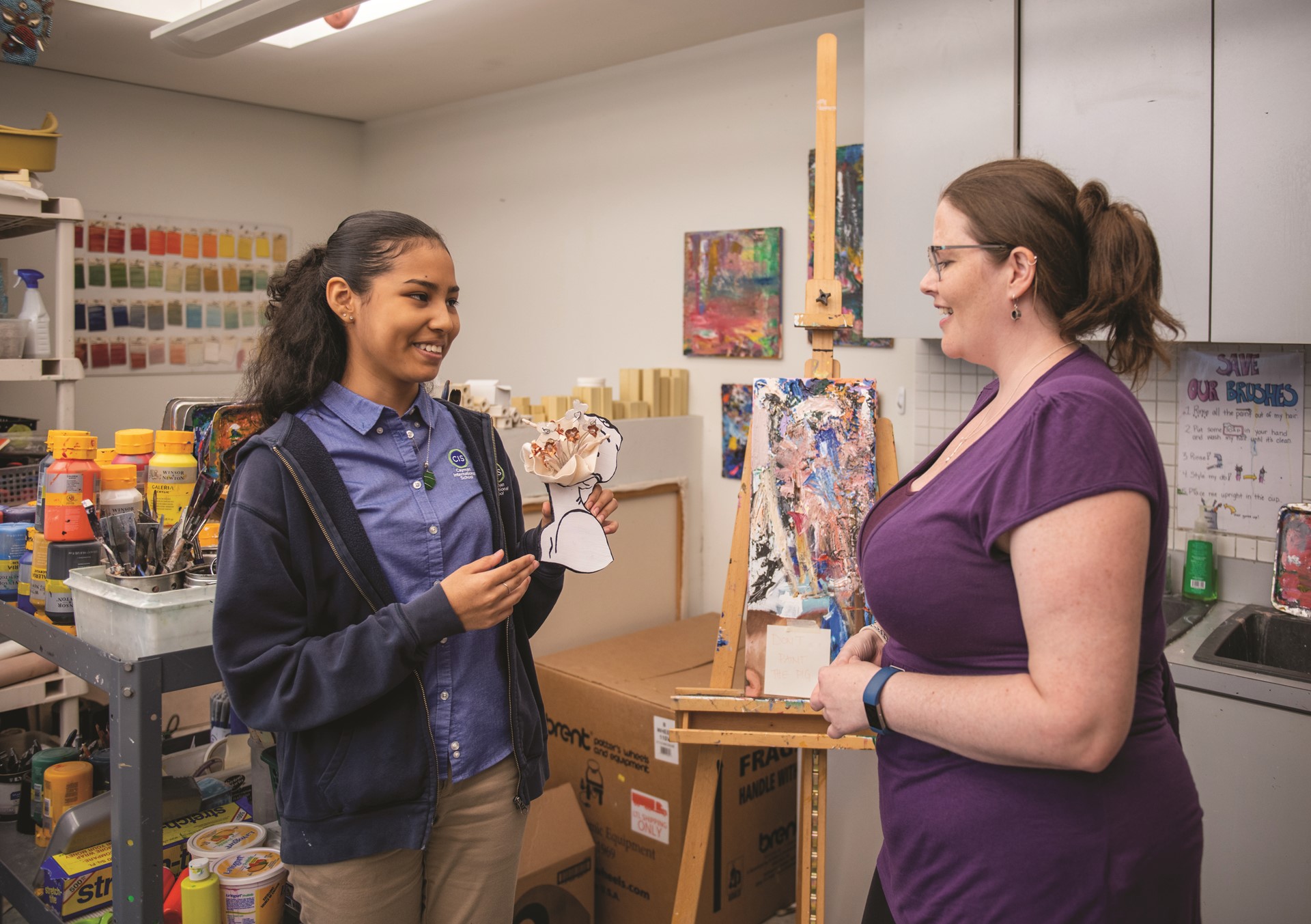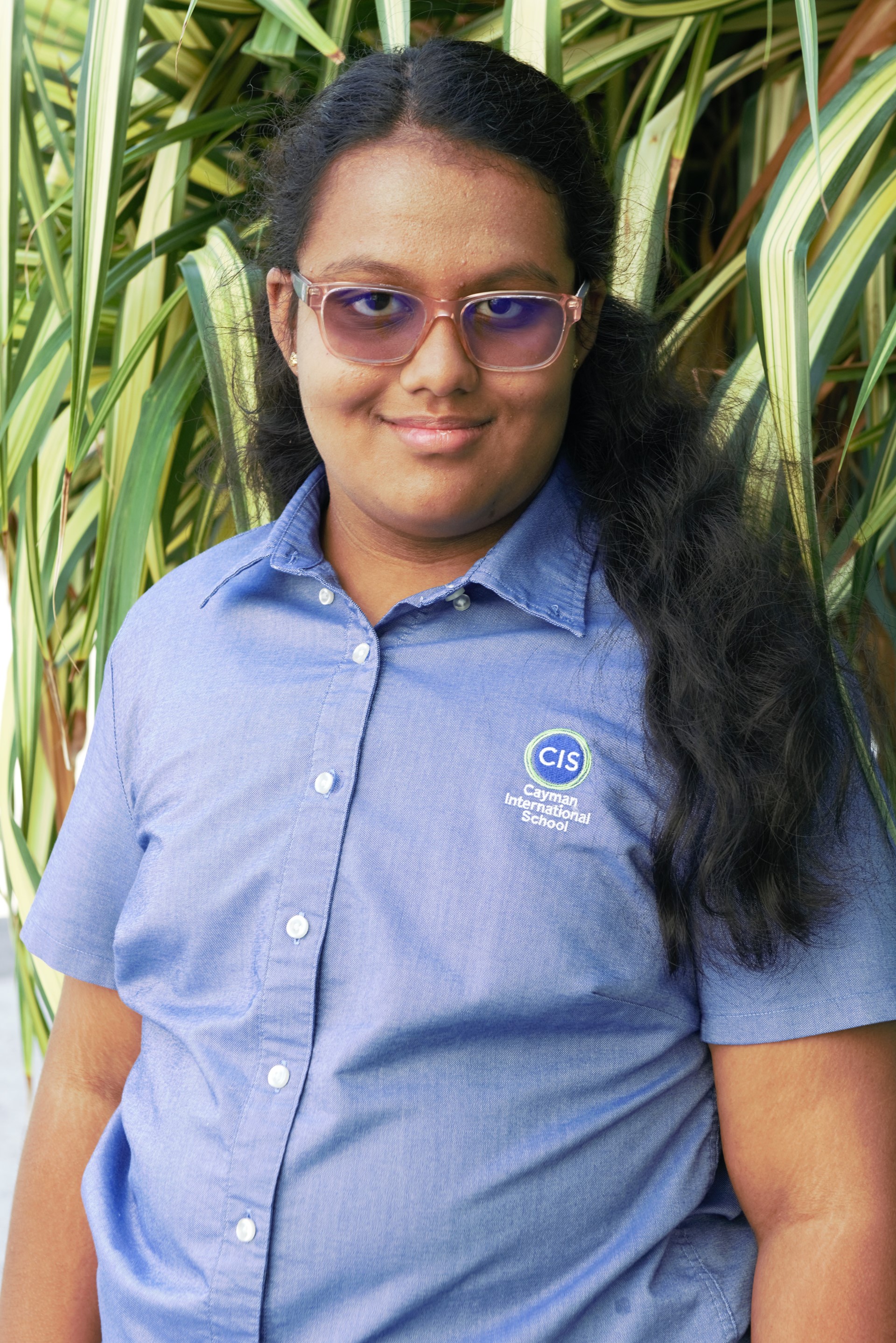

Cayman International School emphasises the importance of project-based learning in all grades and in all subjects. Project-based learning is defined as a student-centred approach that promotes learning and understanding through projects.
I've been in CIS since third grade and I can remember being part of many projects in every grade. All the projects we did in elementary school were to build a foundation for the more complex subjects we would learn in middle and high school.
Project-based learning has become more prevalent around the world in the last 50 years. Even with the widespread acclaim of the teaching tactic, some still criticise it, holding onto old traditional teaching methods that involve many more tests than projects. According to Edutopia, two studies funded by Lucas Education Research Foundation measured the effectiveness of project-based learning against traditional learning. The studies, performed by researchers from the University of Southern California and Michigan State University, involved 6,000 students and 114 schools across America, with half of the students coming from low-income households.
The researchers included a broad range of interactive project-related activities, such has having government/politics classes study historic cases and then take on real-life roles and arguing the merits of the cases in mock court. Nearly half the students using project-based learning passed Advanced Placement tests, outperforming their traditional education counterparts by 8 percentage points. Students from low-income households saw similar gains compared to wealthier classmates.
Researchers believe the results show how project-based learning is more equitable than traditional learning.
At CIS, middle school students have opportunities to learn through projects. In eighth-grade English, we wrote chapters emulating the writing and art style of "The Little Prince" author, Antoine de Saint-Exupéry. In Social Studies, we held a mock trial where the defendants were Christopher Columbus, King Ferdinand and Queen Isabella of Spain, and the Spanish sailors.
The purpose was to determine who was most guilty of the death of millions of Native Americans.
In science, we were assigned a chemical element. We researched our element, built a 3D model of the element's atomic structure and had to present our findings to the class.
The sixth- and seventh-grade students also undertake projects like creating imaginary family trees or planning and creating their own restaurants, or doing an investigation on the various reasons people move to the Cayman Islands from other countries.
Project-based learning merges school subjects and real-life situations in a way the makes students "think outside the box."
It's a great way to get students more involved and invested in their learning, while better preparing them for the future.
This article was originally published in the March 2022 print edition of Camana Bay Times.

About the author
Rhea Swaminathan is an eighth-grade student at Cayman International School.